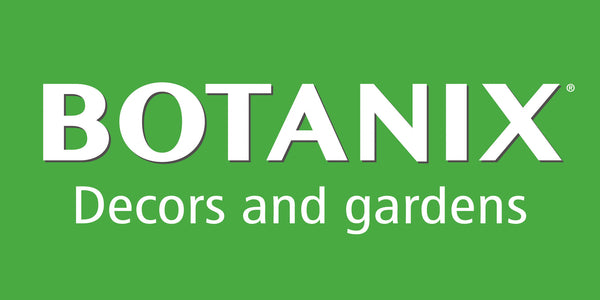
A member of the Gesneriad family, the African Violet (Saintpaulia ionantha) is the true queen of indoor plants. Beloved for its abundant and continuous blooming, it rewards your efforts with vibrant flowers ranging from pure white to deep purple, often with variegated colours. Contrary to popular belief, it is easy to grow. You just need to understand and respect its basic needs for it to thrive in your home.
This simple and effective guide gives you the keys to mastering light, temperature, watering, and fertilizer. Get ready for a spectacular bloom!
Light: The Secret Ingredient for Abundant Blooms
Light is the most crucial factor. If your African Violet isn't blooming, it's almost always a lighting issue. The plant requires bright light, but never direct sunlight, which would scorch its leaves. Avoid overly dark areas; low light results in long, thin stems and very few flowers.
Natural Light: Place Your Plant in the Right Spot
- East or West Window: This is the ideal location! These exposures provide bright, soft light, perfectly filtered.
- Weekly Rotation: Turn the pot a quarter turn every week. This is essential to ensure uniform growth and prevent the plant from leaning towards the light source.
Artificial Light: Optimize Results
Artificial lighting is the best way to ensure sustained blooming, especially in winter or in darker homes. You get total control, just like the pros!
- Duration: Provide 12 hours of light per day using an automatic timer for maximum consistency.
- Distance: Place fluorescent tubes (even standard cool white tubes) or horticultural LEDs between 25 and 35 cm (10-14 inches) from the leaves.
Temperature: Consistent Warmth is Key
The African Violet adapts perfectly to the temperature of our homes. Grow it at a temperature maintained between 18 and 24 °C (64-75 °F). A consistent temperature promotes a rapid blooming cycle and better nutrient absorption.
- Avoid Shocks: Keep your violet away from cold drafts (doors, windows in winter) and intense heat sources (radiators). Sudden temperature changes can stain the foliage or slow growth.
- Beware of Excessive Heat: Above 24 °C (75 °F), flowers shrink, and the risk of fungal proliferation increases.
Watering: The Golden Rule for Healthy Roots
Proper watering is the key to your violet's survival. The golden rule is: only water when the soil is slightly dry. Constantly soggy soil inevitably leads to root rot.

- Method: Water directly onto the soil or from the saucer. The important thing is not to wet the foliage, as cold water leaves permanent stains.
- Temperate Water: Always use room-temperature water to avoid root shock.
- Never Stagnant Water: About two hours after watering, be sure to empty any excess water accumulated in the saucer.
- How to Know When to Water: Weighing the pot or observing the soil colour are the best indicators. If the pot is light or the surface soil is pale, it's time.
Fertilizer: Feed Your Violet for Maximum Bloom
The continuous blooming of the African Violet requires a regular supply of nutrients. Liquid or soluble fertilizers are best suited for rapid assimilation.
- Type: Use a fertilizer specifically formulated for violets (often 9-15-9 or 15-30-15) or a balanced fertilizer (20-20-20) diluted by half. The high phosphorus ratio (the middle number) stimulates blooming.
- Frequency: Alternate fertilization: either once every two weeks at the recommended concentration or lightly with every watering using a very weak dilution. Always follow the manufacturer's instructions!
With these four key steps, your African Violet will never stop surprising you with its floral beauty. These basic cares ensure a vigorous plant and guaranteed success!
To take it further: Learn how to repot, propagate, and protect your violets from pests in our advanced guide: Move Up a Level: Advanced Guide to Repotting and Propagating Your Violets




